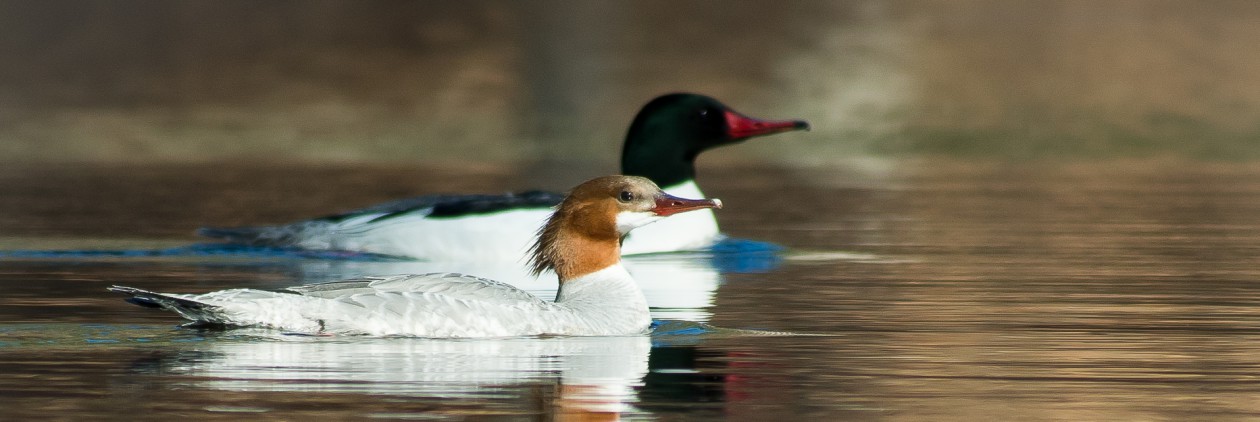I arrived back at the car from after a couple of hours hiking around on Matanuska Glacier, and my clothes were still wet. Although the day on the glacier had been beauty-filled and grand, I had learned a steep lesson on glacier safety.
We reached Matanuska Glacier just as the sun was starting to come out again. During the drive up the Matanuska Valley the sun illuminated the mountains that rose high on each side, and the Matanuska river lay below us along the curvy, Glenn Highway. As we stood in the parking lot we could see a 4 mile-wide swath of ice at the front of the glacier called the terminal moraine. From there the glacier stretched back over 26 miles into the mountains! We walked down the safest path of firm glacial silt and ice, which was marked by orange cones. In a few more minutes we stepped onto the full glacier.
Hindsight is always 20/20, which is why I now realize that stepping away from the orange cones which marked the “safe trail” was more risky than I previously thought. In a quest for images I moved through the ice hills of the glacier looking for pools of water to shoot reflection shots from. I walked through ankle deep, sticky mud towards higher ground where the glacier had deposited a gravel pile. From there I stepped to the edge of some flowing water, stuck out my toe to test the depth of the water, and immediately slipped off the ice edge and into the water. I never hit bottom!! The flowing water had cut a deep, deep pool which I now found myself in up to my shoulders. During the fall I was fortunate to have turned myself around quickly, so I put my elbows up on the edge of the glacier and pulled myself back out. In the fall my camera and tripod fell into a pile of glacial silt, and fortunately not into water with me. The incident lasted only a few seconds before I was back on solid ground and moving quickly away from that deep pool. I stripped off my wet shirt for warmth, used it to begin cleaning my camera, and shook a bit as the adrenaline set in.
What is particularly annoying (to me) and perturbing about the situation, is that I was not doing any unnecessarily risky. In fact, when I slipped in I was testing the water before stepping in. So, I’m now asking you to learn from me – test unknown and murky pools with a long stick, rather than a short toe!
Aside from a scrape with death, our day at Matanuska Glacier was remarkable. The gallery and images below details the gigantic ice face as well as the tiny details of the glacier.




































































